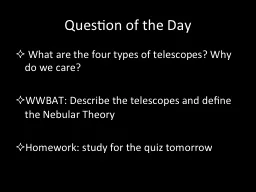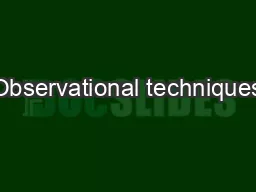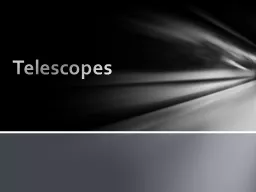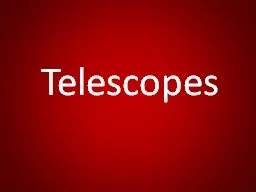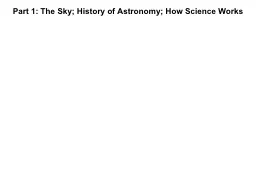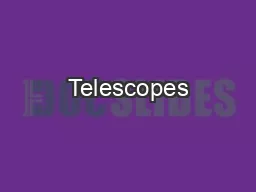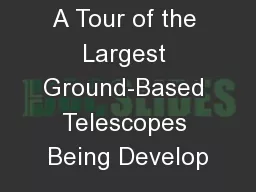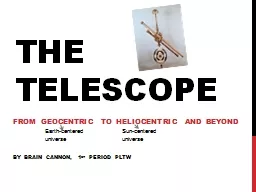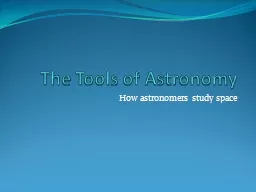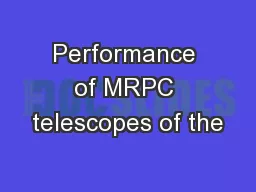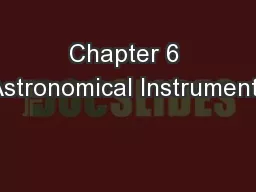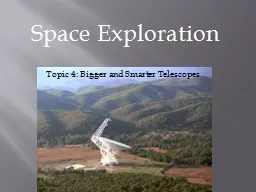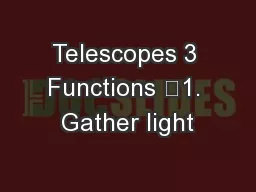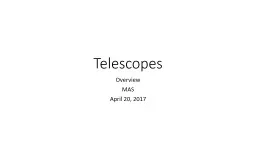PPT-Question of the Day What are the four types of telescopes? Why do we care?
Author : giovanna-bartolotta | Published Date : 2018-03-13
WWBAT Describe the telescopes and define the Nebular Theory Homework study for the quiz tomorrow Nebular Theory Gravity Definition attractive force bringing items
Presentation Embed Code
Download Presentation
Download Presentation The PPT/PDF document "Question of the Day What are the four t..." is the property of its rightful owner. Permission is granted to download and print the materials on this website for personal, non-commercial use only, and to display it on your personal computer provided you do not modify the materials and that you retain all copyright notices contained in the materials. By downloading content from our website, you accept the terms of this agreement.
Question of the Day What are the four types of telescopes? Why do we care?: Transcript
Download Rules Of Document
"Question of the Day What are the four types of telescopes? Why do we care?"The content belongs to its owner. You may download and print it for personal use, without modification, and keep all copyright notices. By downloading, you agree to these terms.
Related Documents

